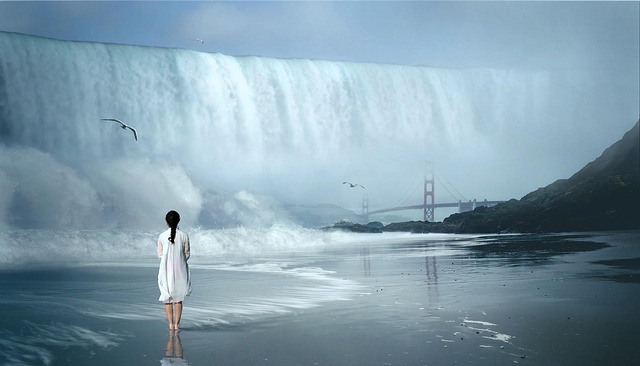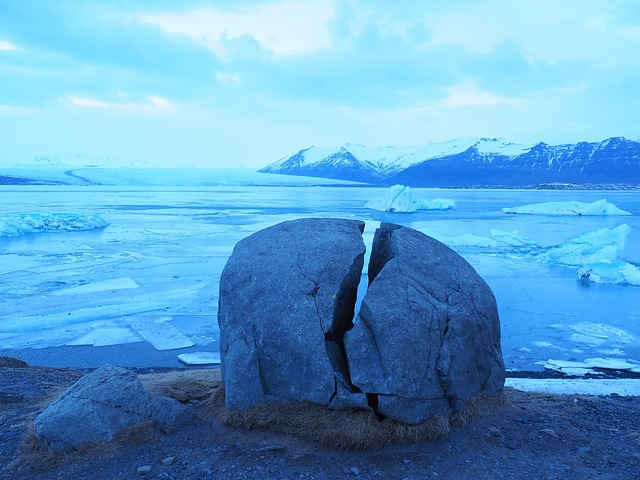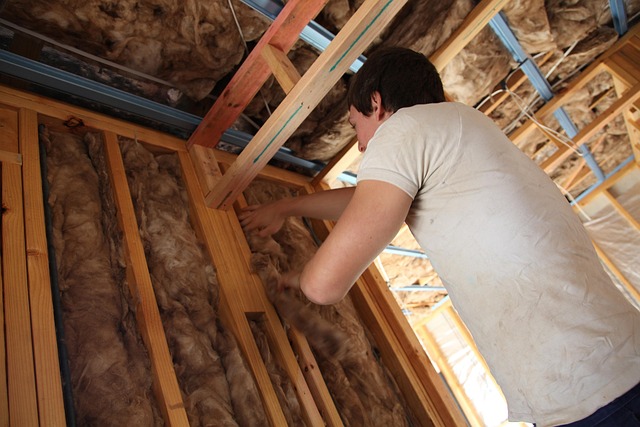Rising Waters: The Impact of Melting Ice on Floods in a Changing Climate
As temperatures continue to rise due to climate change, one of the most profound effects witnessed globally is the alarming rate at which our polar ice caps are melting. The icy landscapes, symbols of nature’s resilience, are now melting away, contributing to a significant increase in sea levels. This phenomenon is not just an environmental issue; it has far-reaching consequences for communities around the world, where the threat of floods looms larger than ever before.
Floods are becoming an all too common experience, whether it’s the result of rapid snowmelt in spring or the relentless storms that batter coastlines. The melting ice in polar regions has led to a disturbed equilibrium in our ecosystems, causing rivers to swell and coastal areas to face unprecedented challenges. Areas that have long stood resilient against the wrath of nature are now grappling with the harsh reality of extreme flooding.
For those living in coastal towns, the fear of floods has transformed from a distant concern into a pressing reality. Many families find themselves looking back on the childhood memories of playing along the shoreline, only to see those very spots flooded and eroded by the encroaching sea. The emotional weight of these changes can be heavy, as communities face the bittersweet loss of familiar landscapes and the memories tied to them.
The environment is sending us an urgent message: we must adapt to the new normal that climate change is presenting. With increased precipitation and rising temperatures, the intensity and frequency of floods are expected to escalate. This is not just a crisis for the polar regions; it affects urban areas, rural communities, and everything in between. Entire lifetimes of labor and love can be washed away in mere hours, leaving families to rebuild from the ground up, often with limited resources and support.
As we witness these changes, awareness and action must accompany our concern. Individuals and communities can band together to advocate for policies that address climate change, invest in infrastructure that withstands floods, and prioritize sustainable practices. Education is key; understanding the intricate relationship between melting ice and flooding helps us grasp the urgency of our situation. We can no longer afford to look away, especially as young people inherit these challenges and the implications that come with them.
The real-time impacts of climate change can feel overwhelming, but there shines a glimmer of hope. Global initiatives aimed at reducing carbon emissions and improving flood resilience stand as testament to the collective efforts being made. These communal endeavors add a layer of empowerment, giving individuals the tools to make a difference, one small step at a time. Collaborating with local organizations to clean riverbanks, plant trees, or restore wetlands can make a tangible impact on reducing flood risk.
Ultimately, we are at a crossroads where understanding and action converge. The melting ice caps serve as both a warning sign and a call to arms. The floods may rise, but it is our responsibility to work towards a sustainable and resilient future, one where communities can thrive despite the ever-present threat of rising waters.



